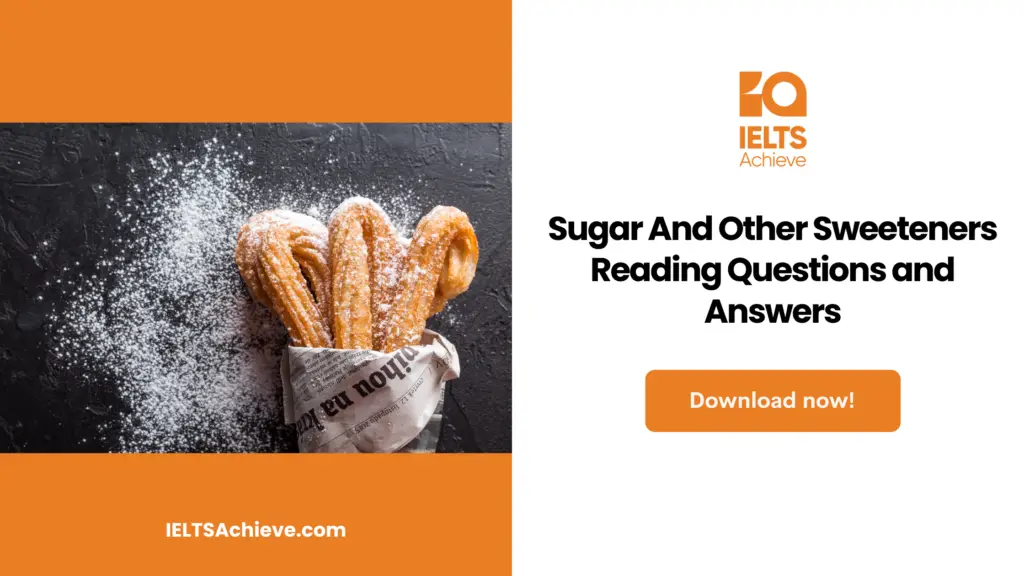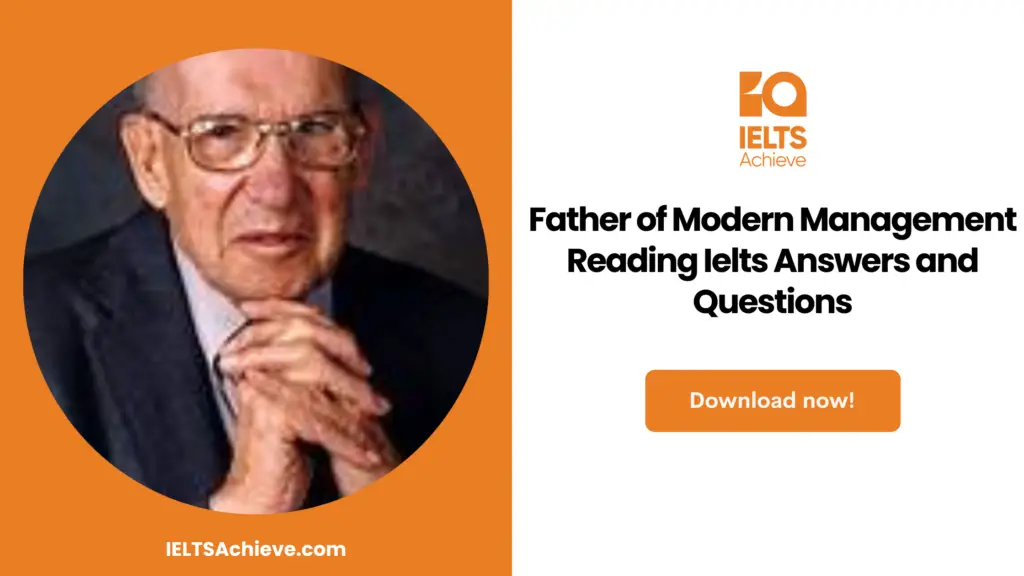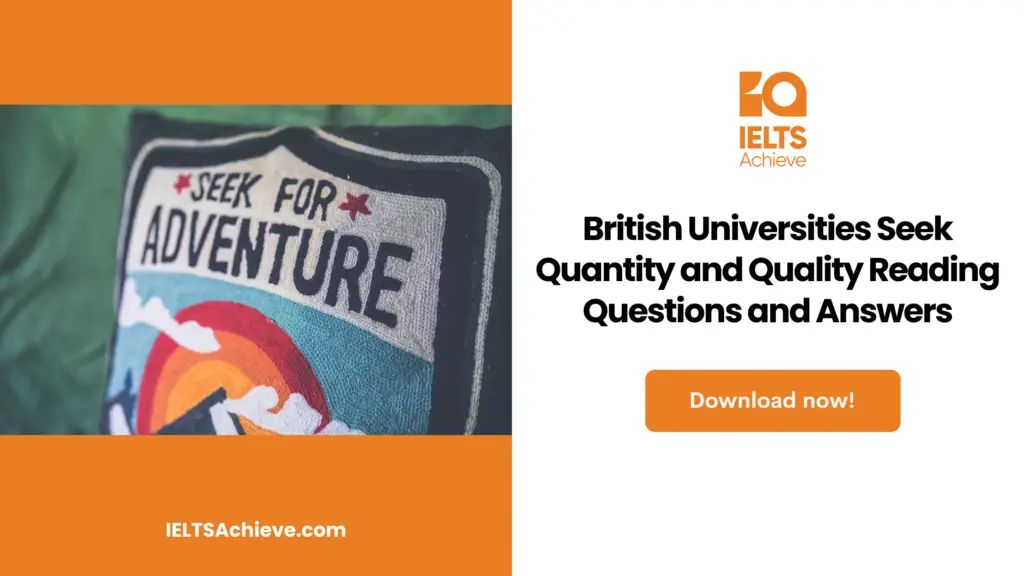The Blog post contains the following IELTS Reading Questions:
IELTS Reading Yes/No/Not given
IELTS Reading Summary Completion
IELTS Reading Short Answers
Stay informed and prepared for success – Explore our comprehensive Reading Test Info page to get valuable insights, exam format details, and expert tips for mastering the IELTS Reading section.
IELTS Reading Passage: Sugar and other sweeteners

Sugar and other sweeteners
A. A substance gains its sweetness when it physically comes into contact with the thousands of taste buds on the tongue. The taste buds are grouped together around a large number of tiny, fleshy protrusions called taste papilla that give the taste buds a large surface area and guarantee maximum contact with a substance.
B. Food technologists theorise that this is due to the strong pleasure relationship between the brain and food, which exists despite the fact that there are many millions of olfactory cells in the nose, since taste is a more intense experience than smell. Additionally, everyone agrees that sweetness is the most pleasurable taste sensation. For instance, the famous French author Marcel Proust made use of this concept in his work when he had the narrator of his epic In Search of Past Time recall vivid childhood memories after accidentally eating a particular cake. Lover’s terms of endearment include “sugar,” “honey,” and “sweetie.” Often, pregnant women who eat something sweet can prevent morning sickness. In Tudor times*Having teeth that were blackened from sugar consumption decay was regarded as a desirable quality reserved for the wealthy and aristocratic upper class. With the slogan “naughty but nice,” advertisers have been able to generate demand for sweet-tasting cakes even more recently, when the damage that sugar can do is much better understood. Despite the allure of sugary foods, no one is exactly sure what makes something sweet.
C. The most prevalent naturally occurring sugar in nature is fructose, which can be found in almost all fruits and berries as well as being the primary ingredient in honey. Naturally, once consumed, every food contains one or more of the three basic food groups: protein, fat, and carbohydrates. These three eventually break down (if and when necessary) to provide the body with the glucose, an essential sugar. Sucrose, a naturally occurring sugar found in the sugar cane plant that was discovered and used in ancient times B.C., is another resource provided by nature. Within the body, sucrose decomposes into glucose. The benchmark against which all other sweet tastes are measured in the modern food industry is this white sugar. In the United States, high-fructose corn syrup (HFCS), which is produced by a method developed in the late 1960s from corn starch, is frequently used to sweeten a variety of foods, most notably soft drinks. And to satisfy his sweet tooth, man has created a dozen or so artificial sweeteners that are safe, inactive chemicals with the additional property of sweetness (see Figure 1). This adds to nature’s repertoire.
D. In fact, humans (and some animals) have an innate desire to seek out and enjoy sweet-tasting foods. Sweet things have always been highly valued because they give life energy and support it. By flavouring the majority of processed foods with precisely calculated amounts of sugar in one form or another, food manufacturers everywhere take advantage of consumers’ desire for sweetness. In every case, trial and error is used to determine the maximum amount of sweetness that can be added without losing or significantly reducing the original food’s flavour.
E. In addition, the ideal level of pleasure for the majority of people—the most acceptable level of sweetness for every product—remains surprisingly constant, even across completely dissimilar cultures. This likely goes a long way toward explaining Coca-Cola’s appeal, which is essentially universal. (Although the type of sugar used in soft drinks differs from group to group, the intensity and, therefore, pleasure invoked by such drinks remains fixed within a fairly narrow range of agreement.)
F. Artificial sweeteners fall short in comparison to white sugar’s opulent smoothness and mouthfeel. Even corn syrup leaves behind a faint aftertaste. It is easy to understand why food technologists haven’t yet succeeded in developing a perfect substitute for sucrose—presumably one that doesn’t produce kilojoules. There is currently no known molecular structure that favours sweetness. In actuality, it is impossible to predict whether a substance will taste sweet or even have any flavour at all. All of the artificial sweeteners we currently have were all accidentally discovered to be sweet.
*The Tudor era, which encompasses the Elizabethan era from Elizabeth I’s reign until 1603 in England and Wales, spans the years 1485 to 1603.
Unlock your full potential in the IELTS Reading section – Visit our IELTS Reading Practice Question Answer page now!
Recommended Questions:
Renewable Energy IELTS Reading Question with Answer
Sugar and other sweeteners Reading Questions
Questions 1-3
Do the following statements agree with the writer’s views in the Reading Passage? Write:
YES if the statement agrees with the views of the writer
NO, if the state does not agree with the views of the writer
NOT GIVEN if there is no information about this in the passage
(1). The substance only acquires sweetness when it comes into contact with the taste buds located on the tongue.
(2). Despite the nose having thousands of olfactory cells, taste is a more potent sensation than smell.
(3). Each and every human has different shaped tongues.
Want to excel in identifying the writer’s views and claims? Click here to explore our in-depth guide on how to accurately determine Yes, No, or Not Given in the IELTS Reading section.
Questions 4-10
The following paragraphs summarise the reading passage. Choose the ONE most appropriate word from the box below the paragraphs to complete each blank space.
Write your answers in boxes 4- 10 on your answer sheet.
The first one has been done for you as an example.
NB. NO WORD CAN BE USED MORE THAN ONCE.
Numerous tongue receptors connect the taste of sugar with the brain, making it appear sweet. Everyone enjoys sweetness in their food.(Ex:) …… as the most enjoyable experience, even though there are……(4)…… as to why a substance tastes sweet. The most naturally occurring sugar is……(5)….., and sources of……(6)….. include honey. The sugar-cane plant is used to extract sucrose, which the body uses as……(7)…… White sugar, or pure sucrose, is what is used in food (8)_________.To gauge someone else’s sweetness, use the following formula: (9)________ There have been about a dozen artificial sweeteners developed; Sorbitol from France was (10)_______one of the first.
Glucose Sweetened Different Technology Fructose
Mystery Artificially Technologies Maximum Commonly
Chemical Best Substances Discovered Accepted
Fruit Chemist Similar
Boost your performance in Summary, Notes, Table, and Flowchart Completion tasks. Click here to explore our detailed guide and learn how to effectively complete summaries, notes, tables, and flowcharts in the IELTS Reading section.
Questions 11-13
Refer to Reading Passage “Sugar and Other Sweeteners”, and look at Questions 11 – 13 below.
Write your answers in boxes 1 on your Answer Sheet.
The first one has been done for you as an example.
Example: What do the letters HFCS stand for?
Answer: ……High Fructose Corn Syrup……
(11). & (12). Other than sucrose, TWO naturally occurring sugars are mentioned in the article. Describe them.
(13). What sweetener is regarded by the food industry as ideal?
Unlock your full potential in the IELTS Reading section – Visit our IELTS Reading Practice Question Answer page now!
Recommended Questions:
Renewable Energy IELTS Reading Question with Answer
Sugar and other sweeteners Reading answers
1. Yes
2. No
3. Not given
4. Mystery
5. Fructose
6. Fruit
7. Glucose
8. Technologists
9. Substance
10. Discovered
11. Fructose
12. Glucose
13. White sugar

We hope you found this post useful in helping you to study for the IELTS Test. If you have any questions please let us know in the comments below or on the Facebook page.
The best way to keep up to date with posts like this is to like us on Facebook, then follow us on Instagram and Pinterest. If you need help preparing for the IELTS Test, join the IELTS Achieve Academy and see how we can assist you to achieve your desired band score. We offer an essay correction service, mock exams and online courses.

